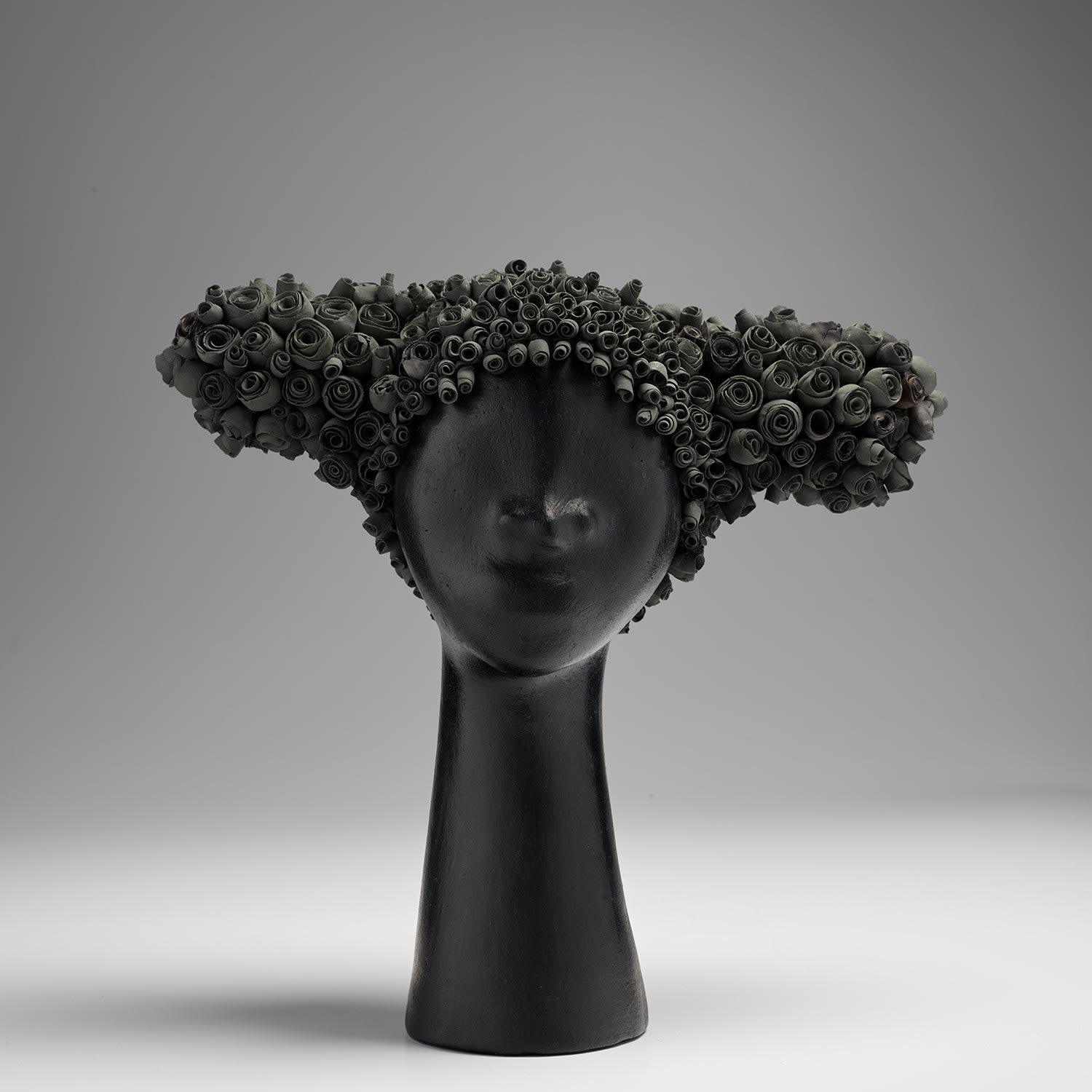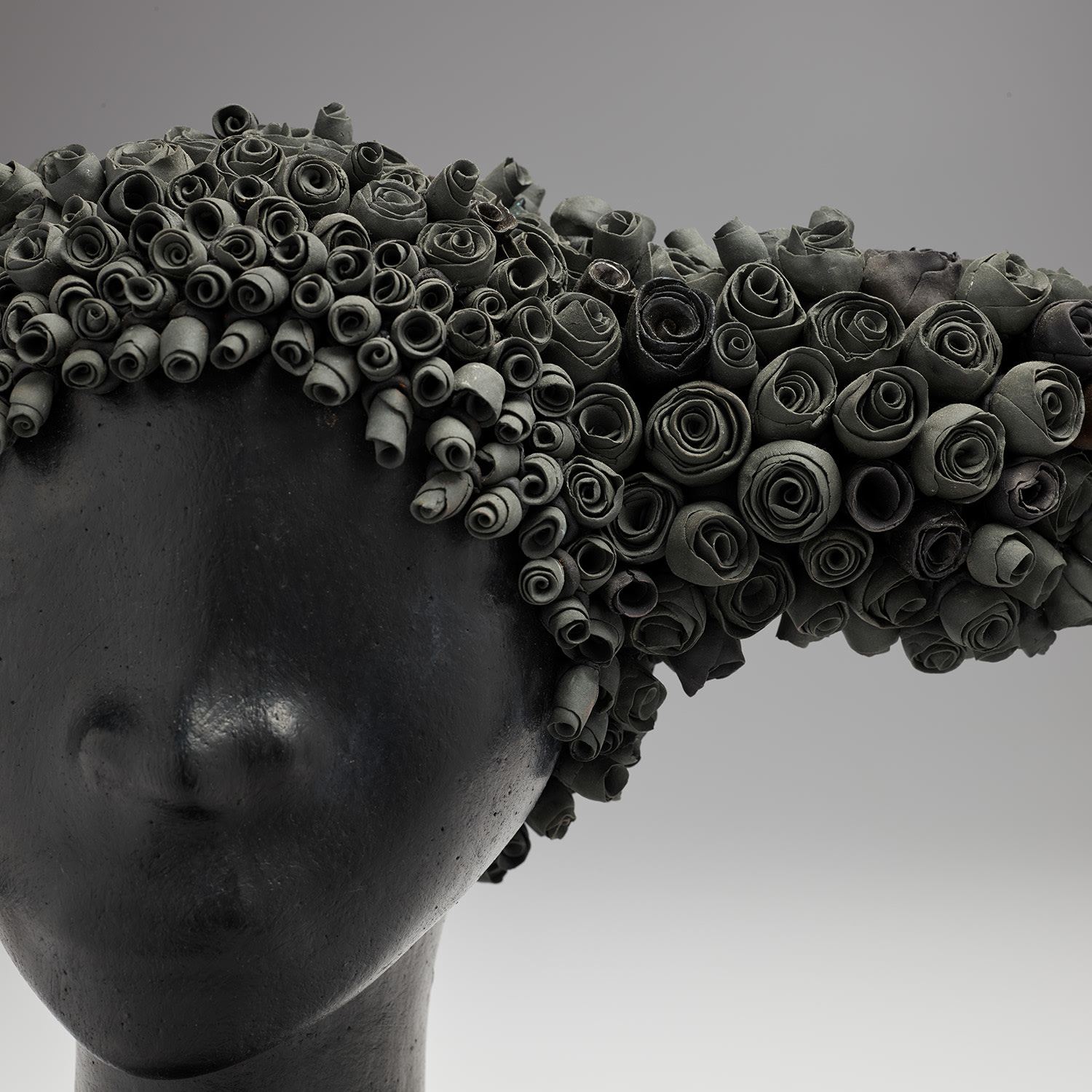





8
Simone Leigh
Clarendon
Further Details
Full-Cataloguing
Simone Leigh
American | 1967Born in Chicago and currently working in Brooklyn, New York, Simone Leigh is celebrated for her ground-breaking sculptural practice. Having studied ceramic traditions of West Africa and Native America, Leigh transforms ordinary materials into unflinching sculptures and shapes a conceptual arena for identity politics—exploring the complexity of blackness and visual representation of black bodies. She endows everyday signs with metaphors for black female subjectivity that simultaneously challenge stereotypes associated with African art.
The artist first rose to prominence in 2016, on the occasion of her solo exhibition at the New Museum, New York, immediately followed by her show at the Hammer Museum in Los Angeles. Cementing her rapid ascent to the contemporary canon, Leigh’s inclusion in the Whitney Biennial, her solo show at the Solomon R. Guggenheim Museum, New York and the inaugural ‘Plinth’ project on the New York High Line, launched in June 2019, have collectively stunned critics and public.